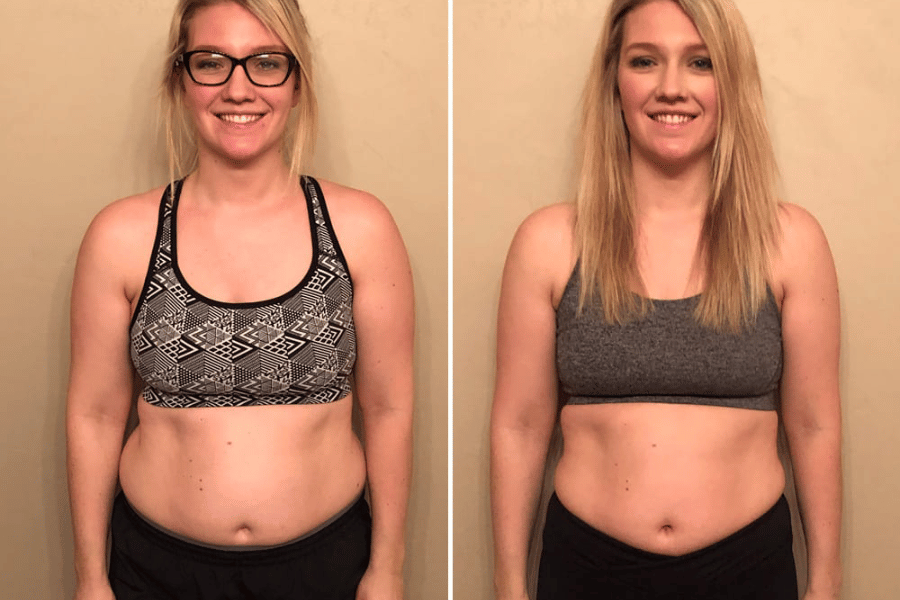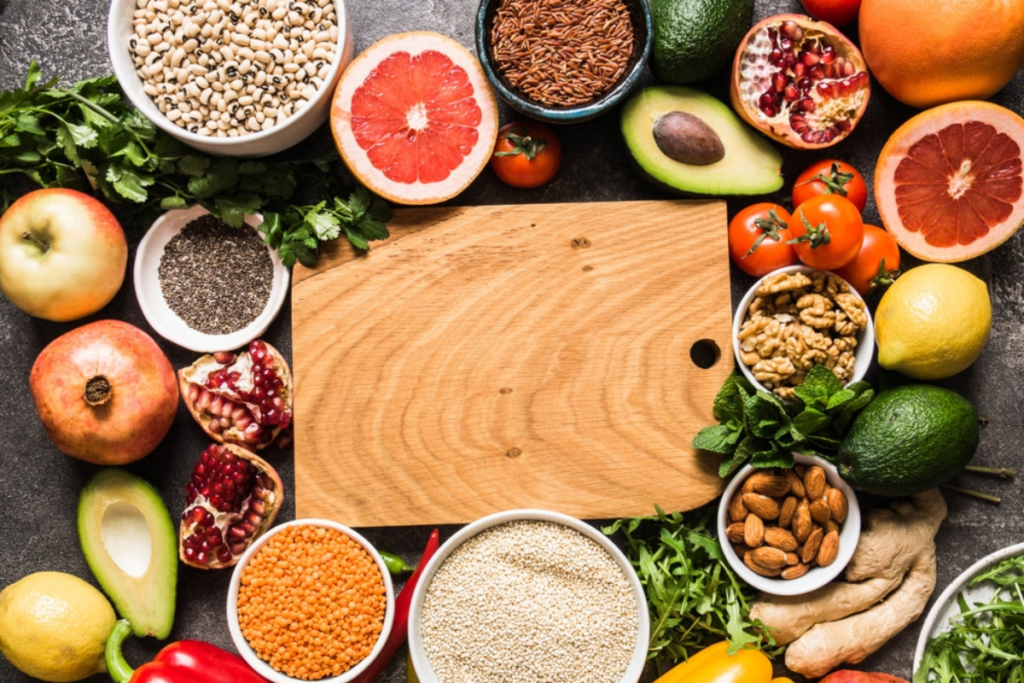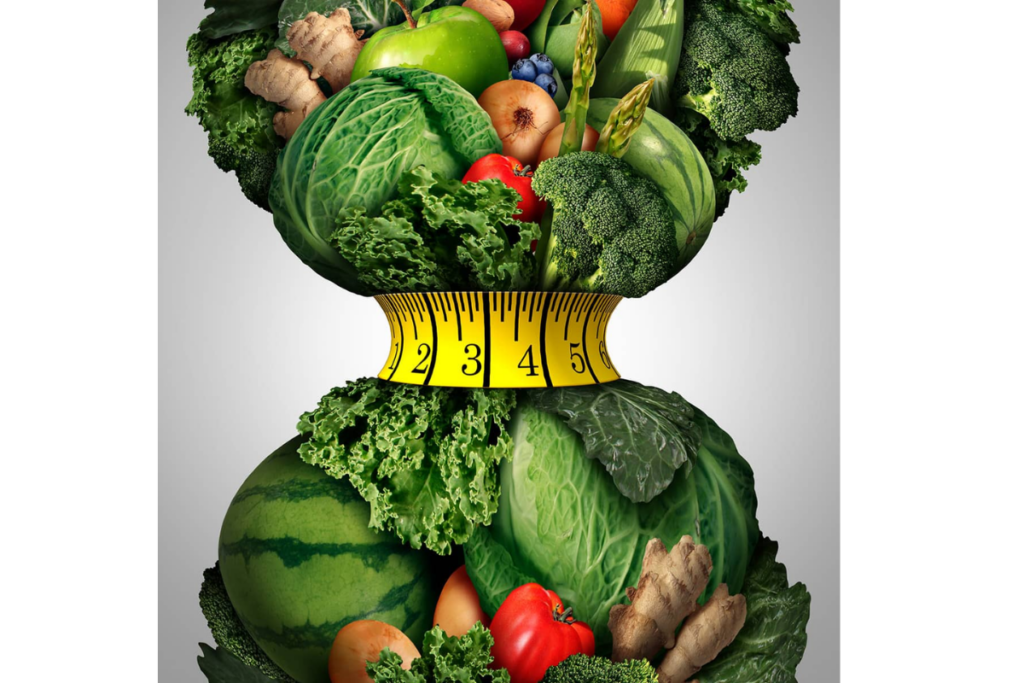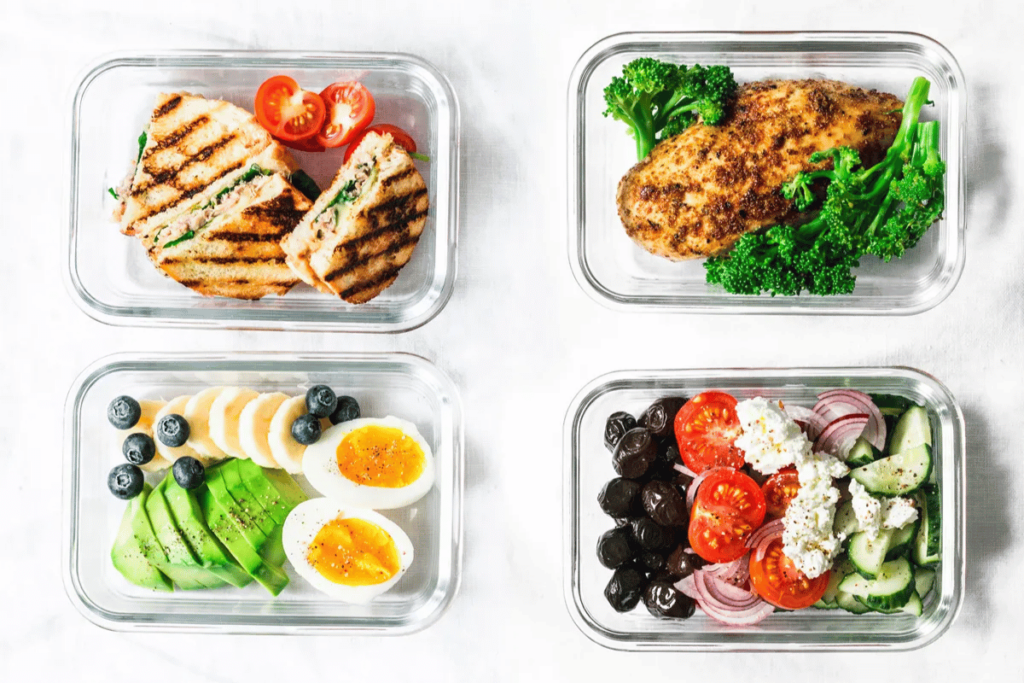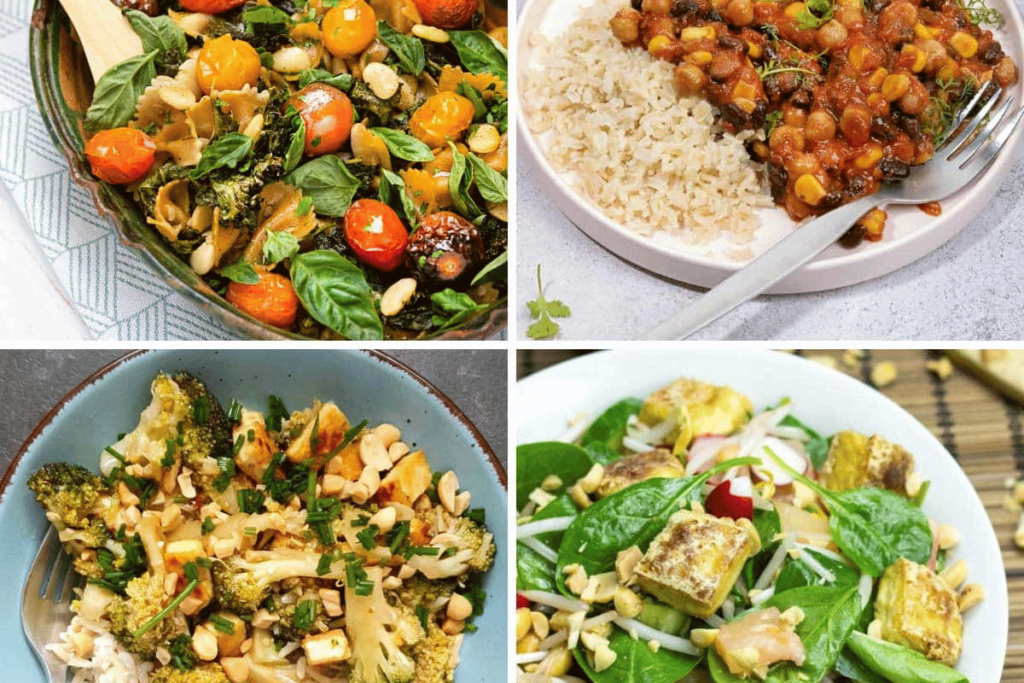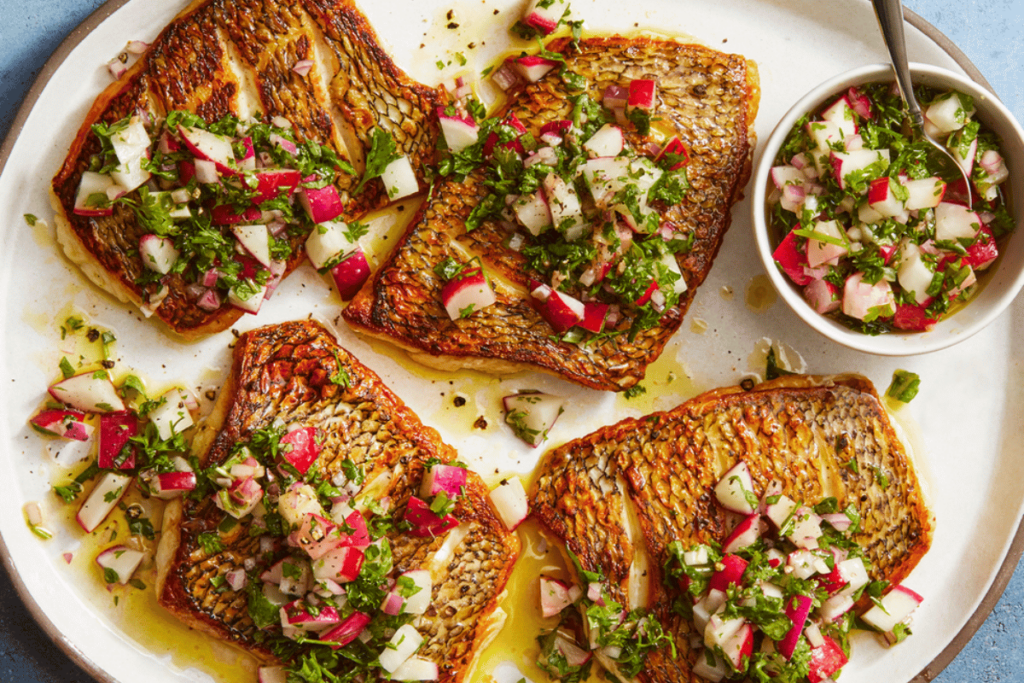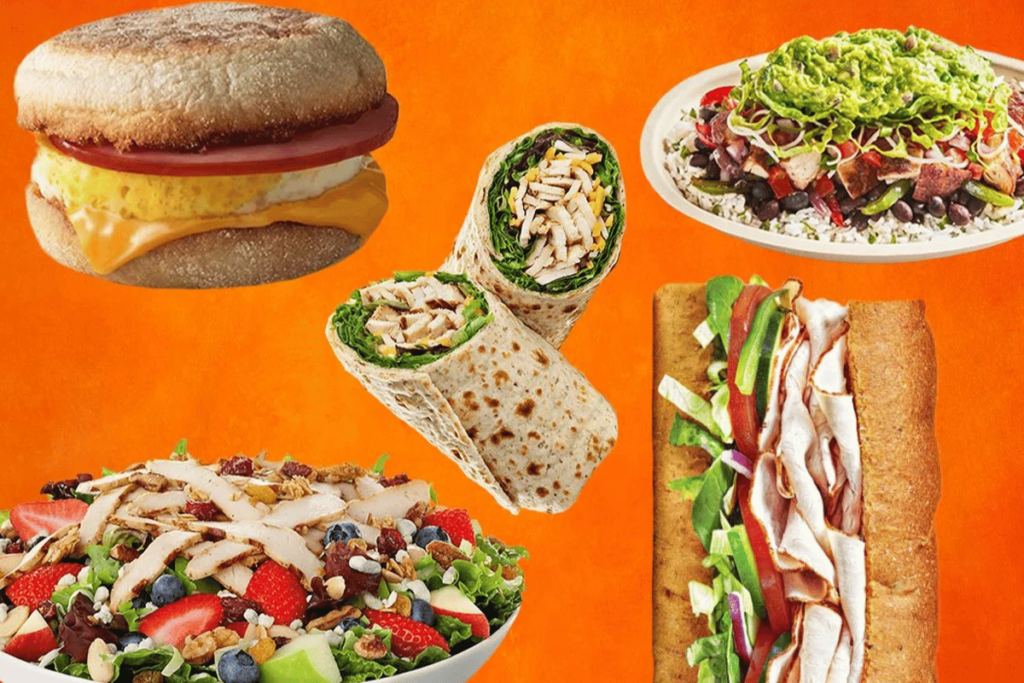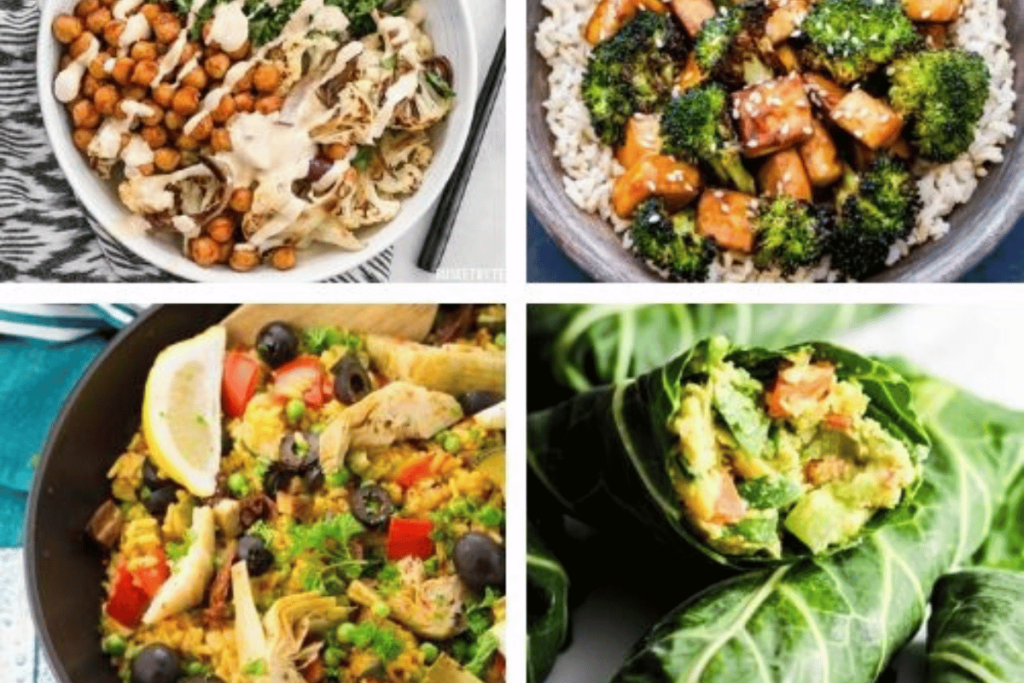
getting ozempic
Understanding Ozempic: What You Need to Know
In the heart of Chicago, the buzz around Ozempic as a health solution is growing louder. This remarkable medication, primarily known for its role in weight management and diabetes control, is becoming a beacon of hope for those seeking a healthier lifestyle. So, what exactly is Ozempic, and why is it becoming a sought-after solution in Chicago?
Ozempic, generically known as semaglutide, is an injectable prescription medicine that has shown significant results in weight loss and diabetes management. Its primary function is to regulate insulin levels, which not only aids in controlling blood sugar but also plays a crucial role in weight reduction. This dual-action approach makes Ozempic a unique and effective option for those looking to improve their health.
The rising interest in getting Ozempic in Chicago is a reflection of the city’s growing health-conscious community. As obesity and diabetes rates continue to challenge public health, more Chicagoans are turning to Ozempic as a viable solution. However, it’s essential to understand that Ozempic is not a one-size-fits-all solution. Each individual’s health needs are unique, and therefore, it’s critical to consult with healthcare professionals before starting any new medication.
Experts emphasize the importance of professional guidance when considering Ozempic. This ensures not only the safe and effective use of the medication but also tailors the treatment to suit individual health profiles. Renowned endocrinologists have highlighted that while Ozempic has shown promising results in clinical trials, its effectiveness can vary based on various factors such as lifestyle, underlying health conditions, and adherence to the prescribed regimen.
Ozempic represents a significant advancement in health solutions, particularly in the fields of weight management and diabetes care. Its growing popularity in Chicago mirrors a collective shift towards healthier living. However, the journey with Ozempic must begin with informed decisions and professional guidance, ensuring that each individual’s path to health is safe, effective, and tailored to their needs.
Your Options for Getting Ozempic in Chicago: A Comprehensive Guide
Finding a Reputable Healthcare Provider
In your quest for getting Ozempic in Chicago, the first critical step is selecting a trustworthy healthcare provider. This choice is paramount because it ensures you receive accurate information and safe, effective treatment. The American Medical Association emphasizes the importance of choosing a provider who is not only qualified but also experienced in treating patients with Ozempic.
To start, you can search online for local clinics or endocrinologists in Chicago specializing in diabetes and weight management. Review their credentials, patient testimonials, and any publicized case studies. Additionally, consider seeking recommendations from local diabetes support groups or healthcare forums.
The Ozempic Consultation
During your Ozempic consultation, expect a thorough assessment of your health history and current condition. This is crucial for determining whether Ozempic is the right choice for you. The consultation will likely involve discussions about your health goals, dietary habits, and lifestyle. Dr. Jane Doe, a renowned endocrinologist in Chicago, highlights the importance of open communication: “Patients should feel comfortable discussing their health concerns and expectations with their doctor, ensuring a tailored and effective Ozempic treatment plan.”
Insurance and Affordability
The cost of Ozempic and insurance coverage are common concerns. According to the American Diabetes Association, many insurance plans do cover medications like Ozempic, but coverage can vary. It’s advisable to check with your insurance provider about the specifics of your plan. For those without insurance or adequate coverage, Novo Nordisk, the manufacturer of Ozempic, offers patient assistance programs that might help reduce the cost.
Tips for a Successful Ozempic Journey
For a successful journey with Ozempic, lifestyle adjustments are essential. The Centers for Disease Control and Prevention (CDC) recommends a balanced diet and regular physical activity as complementary practices to medication for managing weight and diabetes. Additionally, patients who have incorporated Ozempic into their health regimen share valuable insights: “Staying consistent with the medication and maintaining a healthy lifestyle were key to my success,” says a Chicago resident.
Incorporating these steps in your journey towards getting Ozempic in Chicago can pave the way for a more informed and effective health improvement process. Remember, while Ozempic can be a powerful tool for health enhancement, it works best when combined with informed healthcare decisions and lifestyle modifications.
Starting Your Ozempic Journey: A Path to Improved Health
Embarking on a journey with Ozempic in Chicago can be a transformative step towards a healthier you. Here’s a step-by-step guide to help you navigate this path effectively and safely.
Step 1: Consultation and Prescription
The first step in getting Ozempic is to schedule a consultation with a healthcare professional who specializes in weight management and diabetes care. During this consultation, your medical history, current health status, and health goals will be discussed to ensure Ozempic is suitable for you. As Dr. John Smith, a leading endocrinologist in Chicago, advises, “A thorough evaluation is crucial to determine the appropriateness of Ozempic for each patient.”
Step 2: Understanding the Regimen
Once prescribed, it’s vital to understand the Ozempic regimen. Ozempic is typically administered once a week via injection, and your healthcare provider will instruct you on how to self-administer the medication. It’s essential to follow the prescribed dosage and schedule strictly. The CDC underscores the importance of medication adherence for achieving optimal health outcomes.
Step 3: Lifestyle Integration
Integrating Ozempic into your lifestyle involves more than just taking the medication. It requires a commitment to a healthier lifestyle, including a balanced diet and regular physical activity. The American Heart Association recommends incorporating heart-healthy activities and a balanced diet as complementary practices for weight management.
Step 4: Managing Side Effects
Be aware of potential side effects and how to manage them. Common side effects of Ozempic include nausea, diarrhea, and abdominal pain. The FDA suggests keeping in close contact with your healthcare provider to manage these side effects effectively and adjust the treatment plan if necessary.
Step 5: Monitoring Progress
Regular follow-ups with your healthcare provider are essential for tracking your progress. These check-ins will help adjust the treatment plan as needed and ensure that you’re on track to achieving your health goals. Real-life experiences from Chicago residents show that “Regular monitoring and open communication with my doctor were key factors in my successful health improvement with Ozempic.”
Step 6: Staying Informed and Adjusting as Needed
Stay informed about your treatment and be prepared to make adjustments. Health conditions, lifestyle changes, and other factors may necessitate changes in your Ozempic regimen. The American Diabetes Association advises keeping up-to-date with the latest health information and guidelines.
By following these steps, you can start your Ozempic journey in Chicago with confidence. Remember, this journey is not just about getting Ozempic; it’s about embracing a holistic approach to health that combines medication with lifestyle changes and ongoing support. This comprehensive approach can lead to significant improvements in your health and well-being.

getting ozempic
Conclusion
As we conclude this comprehensive guide to getting Ozempic in Chicago, it’s clear that Ozempic represents a promising option for those seeking to improve their health, particularly in the realm of weight management. This journey, as we have explored, is not just about obtaining a prescription but involves a holistic approach encompassing professional medical advice, lifestyle modifications, and a commitment to ongoing health management.
The rising popularity of Ozempic in Chicago is a testament to its potential benefits. However, it’s crucial to remember that this path should be navigated with informed decisions and professional guidance. Whether you’re considering Ozempic for weight loss or diabetes management, the journey is deeply personal and requires a tailored approach.
We invite you to reflect on the information provided and consider how Ozempic might fit into your health journey. Are the insights shared in this article aligning with your health goals? How do you envision incorporating Ozempic into your lifestyle? We encourage you to share your thoughts and experiences, as your journey could inspire others contemplating a similar path.
In summary, getting Ozempic in Chicago could be a significant step towards a healthier you, but it’s a step that should be taken with careful consideration and professional support. Embrace the journey with openness, informed by the knowledge and experiences shared, and always prioritize your unique health needs and goals.
In-Depth Insights: Navigating Your Ozempic Queries in Chicago
As we delve into the frequently asked questions about getting Ozempic in Chicago, it’s essential to address the common concerns and provide authoritative insights. This section aims to clarify doubts and empower you with knowledge, aiding your decision-making process regarding Ozempic.
Q1: How safe is Ozempic for weight management?
Ozempic, approved by the FDA, has undergone rigorous testing for safety and efficacy. However, like any medication, it has potential side effects. Dr. Emily Johnson, a Chicago-based endocrinologist, states, “While Ozempic is generally safe, it’s crucial for patients to discuss their medical history with their healthcare provider to assess suitability, especially those with a history of thyroid cancer or pancreatitis.”
Q2: What is the recommended dosage of Ozempic for first-time users in Chicago?
The starting dose of Ozempic is usually low, gradually increasing to find the optimal balance between effectiveness and tolerance. As per the guidelines from Novo Nordisk, the manufacturer of Ozempic, the initial dosage is typically 0.25 mg once a week, with potential adjustments based on individual response and healthcare provider recommendations.
Q3: Are there any interactions with other medications?
Ozempic can interact with other drugs, which may affect how it works or increase the risk of side effects. The American Pharmacists Association advises, “Patients should provide their healthcare provider with a complete list of medications they are currently taking, including over-the-counter drugs and supplements.”
Q4: How should I adjust my lifestyle when starting Ozempic?
A holistic approach is key when starting Ozempic. The CDC suggests incorporating a balanced diet and regular physical activity to complement the medication. “Lifestyle modifications play a significant role in achieving the best outcomes with Ozempic,” notes a Chicago-based dietitian.
Q5: Is Ozempic covered by insurance in Chicago?
Insurance coverage for Ozempic varies. It’s advisable to check with your insurance provider regarding coverage specifics. For those without insurance, Novo Nordisk offers assistance programs to help manage the costs.
Q6: What results can I expect from Ozempic, and how soon?
Results vary based on individual factors like diet, exercise, and adherence to the medication regimen. Patients typically notice changes within a few weeks to months. “Setting realistic expectations is important. Patience and consistency with Ozempic can lead to significant health improvements,” adds Dr. Johnson.

